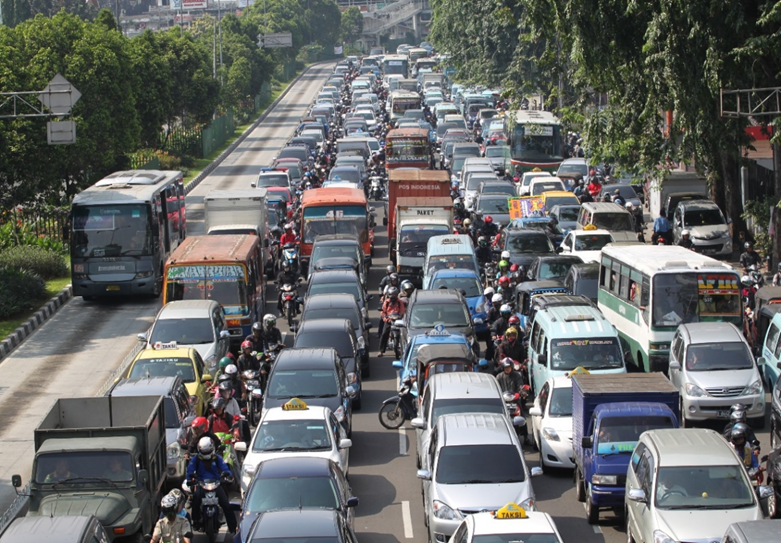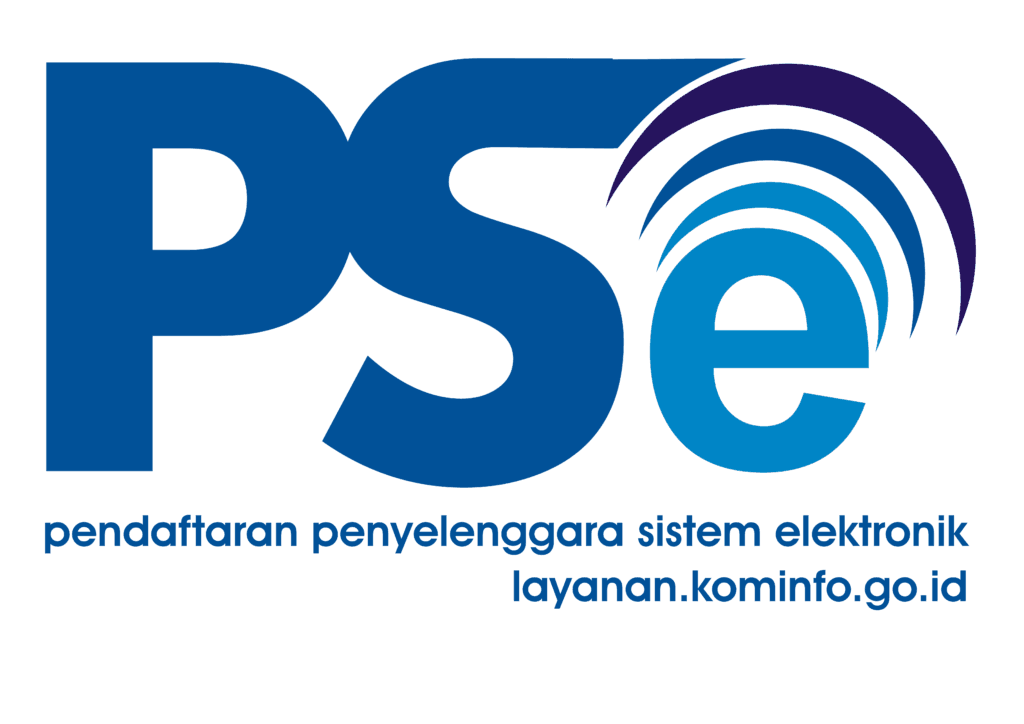
- The most widely used type of vehicle in Jakarta recorded by the National Police in 2022 is motorcycles with 17.3 million units, followed by cars with 3.7 million. In addition to the increasing number of vehicles, the cause of traffic jams is exacerbated by poor spatial planning and public transportation.
- Vehicle smoke contains chemical compounds such as Carbon Monoxide (CO), Nitrogen Dioxide (NOX), Hydrocarbons (HC), Carbon Dioxide (CO2), Sulfur Dioxide (SO2) and Lead. This compound will have a short-term impact, namely air pollution, and a long-term impact, namely an increase in the earth’s average temperature.
- The Jakarta City Government must provide short-term and long-term solutions in solving the problem of traffic jams based on the study of experts, especially studies with an environmental approach because one of the biggest impacts of traffic jams is the environment. In addition, the implementation of the regulations made needs to be monitored and evaluated to ensure and confirm that the regulations are effective and inclusive.
The Traffic Jam Crisis in Jakarta

Metropolitan cities have always been a major attraction for many people, offering significant advantages over other regions. These cities provide better access to the economy, education, services, public infrastructure, and other essential facilities. One example of a metropolitan city in Indonesia is Jakarta, which continues to face persistent issues that have yet to be resolved. Among these, traffic jams stand out as a prominent and ongoing problem. According to the 2024 Global Traffic Scorecard by INRIX, Jakarta ranks third globally for traffic congestion, highlighting a serious issue that affects both the community and the environment.
The main cause of traffic jams in Jakarta is the increasing number of private vehicle ownership from year to year. The most widely used type of vehicle recorded in the National Police of the Republic of Indonesia in 2022 is motorcycles with 17.3 million units, followed by cars with 3.7 million. In fact, the number of motorcycles is greater than the population of Jakarta in 2022, which is 10.6 million based on data from BPS DKI Jakarta Province, but this number is expected to continue to increase along with the increase in the population of Jakarta in the midst of the phenomenon of social urbanization. Most people use private vehicles because public transportation infrastructure and services are considered inadequate, this condition is also exacerbated by poor urban spatial planning, ineffective driving regulations and high population mobility.
Baca Juga
Dangers of Vehicle Smoke

Traffic jams is one of the main causes of air pollution in Jakarta On August 13, 2024, Jakarta recorded the highest Air Quality Index (AQI) in the world with a score of 177, which is included in the unhealthy category. Data from IQAir shows that Jakarta is often included in the list of cities with the worst air quality in the world. Air pollution caused by vehicle smoke has a significant impact on health and increased carbon emissions.
Vehicle smoke contains chemical compounds such as Carbon Monoxide (CO), Nitrogen Dioxide (NOX), Hydrocarbons (HC), Carbon Dioxide (CO2), Sulfur Dioxide (SO2) and Lead. These chemical compounds come from vehicle combustion reactions triggered by hydrocarbon compound derivatives, namely gasoline and diesel. The compounds will accumulate in the atmosphere, with the number of vehicles triggered by continuously increasing hydrocarbon compounds will directly increase the amount of carbon released into the atmosphere. This will have a short-term impact, namely air pollution, and a long-term impact, namely an increase in the earth’s average temperature.
Baca Juga
Addressing Traffic Jams Issues

Traffic jams in Jakarta represent a complex issue that requires effective and efficient solutions for prevention and resolution. Based on the previously identified causes of traffic congestion, several concrete steps initiated by the local government could help alleviate the problem. One key solution is the provision of effective, efficient, and inclusive public transportation services, which would reduce the use of private vehicles by encouraging people to switch to public transport.
Additionally, promoting vertical development in the heart of the city could help provide more housing options. Increasing the availability of housing in strategic locations can reduce travel distances, thereby alleviating traffic congestion. Importantly, this housing should be affordable for the middle and low-income groups (MBR).
Furthermore, the implementation of regulations to limit the use of fossil fuel-powered vehicles, gradually replacing them with more environmentally friendly options such as electric vehicles, should align with the development of necessary infrastructure to support these cleaner vehicles. The Jakarta City Government must provide both short-term and long-term solutions based on expert studies, particularly those with an environmental focus, since one of the most significant impacts of traffic jams is on the environment. Additionally, the implementation of these regulations should be monitored and evaluated to ensure their effectiveness and inclusivity.
zonaebt #EBTHeroes #Sebarterbarukan
Editor : Alfidah Dara Mukti


